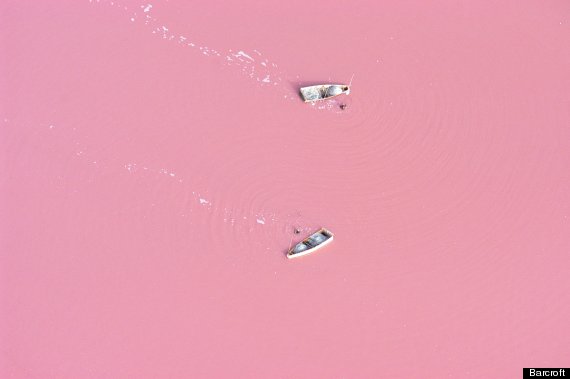Sharks have
existed on Earth for over 420 million years, and there are over 500 known
species. Sharks come in all sizes, ranging from the smallest at 6 inches to the
largest fish in the world, the whale shark, at 39 feet. Most all sharks survive
in the saltwaters of our oceans, but there are a few species which can live in
either salt or freshwater. Sharks are considered apex predators, meaning they
are at the top of the food chain in their natural environment. For years, they
thrived in this role. Now their existence is threatened by another apex
predator- man.
Humans have
always viewed sharks as a threat. This is partially for good reason- they are
predators which are designed to kill. However, their threat has become
massively overstated. Movies such as Jaws have conditioned us to believe
that entering the waters of the ocean is risking a shark attack. In reality,
there are only about 100 shark attacks reported yearly worldwide. You are more
likely to die from a lightning strike than a shark attack. Nearly all shark
experts agree that the actual danger presented by sharks has been extremely
exaggerated. Before his death, the creator of the movie Jaws even
made large efforts to debunk the myth of sharks being monsters. Sadly, films
such as Jaws have only aided in extinguishing our shark population.
Humans kill
100 million sharks per year. Yearly deaths from shark attacks average less than
10 a year worldwide. All it takes is a quick look at some statistics to see
that sharks aren’t as much a threat to us as we are a threat to sharks. Why do
we kill sharks? There are a number of reasons, none of them noble. We use their
fins for soup. We use their teeth for jewelry. We use their skin for belts. We
sell their cartilage as a (bogus) cure for disease. We use their liver oil for
skin care products.

The most
common reason to kill a shark is for its fin, as it is the most profitable part
of its body. The value of the fin itself can be worth over 100 times the value
of the shark’s actual meat. Its estimated that up to 73 million sharks are
harvested annually for their fins. When a shark is finned, there is nothing
humane about it. Sharks are hooked and literally dragged on to a boat. The
“longlines”, or “sport fisherman” as they are called, then take a large knife
and slice their fins off. The shark’s role is complete at this point, and he’s
thrown right back off the side of the boat, into the ocean. Without its fin the
shark cannot swim properly, and it will eventually sink to the bottom of the
ocean, where it dies a horrible death.
You may ask
why are the fins valued so highly, and what are they used for? The answer is
alarming- soup. Shark fin soup is considered a sign of wealth and luxury in China. Its
origin dates back to the Ming Dynasty, and its popularity rose in the late 18th
and early 19th century, as standards of living began to improve in China. Today
shark fin soup can fetch anywhere from $50-$400 US Dollars per bowl. The
surprising part of the high demand for this soup? People who have eaten it
describe the fins as having almost no taste. It’s served most commonly at high
class restaurants, weddings, and banquets. The Chinese see the shark fin soup
as symbolizing power, prestige, honor and wealth. Although measures are being
taken to curb the demand of sharks’ fins, many of these efforts are in their
early processes, and most of the damage has already been done.
20 plus
shark species are currently threatened with extinction. Even if you don’t care
about sharks, you can’t turn a blind eye to the fact that this is hugely
affecting the stability of our ecosystems. Remove the systems apex predator,
everything changes. Sharks play a key role in the health of our oceans. When
sharks hunt, they go after the older, slower fish population, helping in turn
to keep the entire fish population healthy. When you remove a system’s top
predator, it may mean the end of the road for countless species. In addition,
because sharks have long life expectancies, and reproduce late in life, they
are especially vulnerable to endangerment. All effects of the sharks' growing disappearance
from our oceans have not yet been measured, but it’s easy to anticipate some of
the consequences. Any way you look at it, not only is killing sharks for their
fins wrong, it’s also setting us up for some major repercussions in our very
near future.









